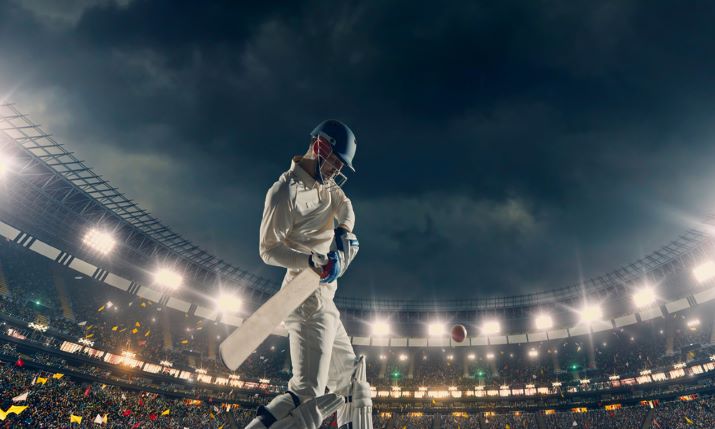Anytime and anywhere: Vivaro Media on the spread of live sports everywhere
 By Daniel Gonzalez, Vivaro Media CEO.
By Daniel Gonzalez, Vivaro Media CEO.
We are witnessing a massive change in the consumption of sports video content. The magic of video streaming has made us more selective and demanding; the content must be available anytime, anywhere, no matter the device we use.
We are also witnessing changes in content production. Remote production empowers sports organisers and broadcasters to cover sports or leagues that didn’t have exposure due to the high cost of traditional sports production. There is a significant cost reduction with the efficient use of high end production resources, concentrating all the cameras from the venues.
The combination of these two technologies – video streaming and remote production – allows the live coverage of an explosive number of sports that compete to reach niche audiences everywhere in the world.
Our job is to understand this new scenario and provide solutions to meet the new demands.
Remote production taking the lead
The remote or REMI production model considers using a smaller production vehicle where the main component is the transport equipment from the venue to the production centre. It reduces the crew and equipment at the venue to a minimum, and it concentrates at the production centre all the complex functions of video switching, audio mixing, graphics, replays, and camera adjustments.
This production model faces challenges compared with traditional sports production. The video and data transport between the venue and the production centre must be tremendously reliable and consider diverse routes and different transport technologies to guarantee transmission at a reasonable cost.
This model also offers the advantage of distributing the produced video through fixed infrastructure located at the production centre as private fibre networks, public internet, or satellite.
For the content owner, in the end, it is a complete solution. It covers from the cameras at the stadium to the delivery of the signal to the distribution platforms. Remote production has allowed us to merge production with transmission, reducing costs and allowing content owners to produce more for less.
The result has been the growth of niche content to niche audiences, perfect for small town teams, relevant to the local audience. It also suits sports that grab the attention from larger audiences. Another benefit is the ability to monetise sports content that might face difficulties producing under the traditional model.
Allowing tier two and tier three events to be produced live makes possible growth of a great variety of sports disciplines. It also changes the dynamic of the sports industry. Talent scouts looking for promising sports stars no longer need to go on-site to find the new gem. The analysis of auto-generated statistics during the transmissions can help spot forthcoming athletes. Through these technologies, clubs can now make drafting decisions based on precise facts.
Video contribution and distribution
For those events that still require traditional production, there has also been a dramatic evolution in the video contribution from stadiums and distribution to the broadcasters.
It used to be the satellite contribution from the venue to a post production centre or for distribution to the broadcasters. Although satellite continues to be extensively used, a growing number of events are being transmitted through private fibre networks, public internet, bonded-cellular 5G, LEO satellite, and a combination of all. The main advantages of using these technologies are their reliability regardless of weather conditions and the video transmission cost savings – especially when the events require several signals to be transmitted – or if the event lasts several days.
However, the new technologies must be assembled to work together. The best solution will depend on the connectivity resources available at the venue and the distribution requirements. There is not a one-fits-all solution.
The distribution of broadcasters has also been transformed in a significant way. It is now possible to distribute different versions of one signal through fibre and public internet to multiple broadcasters, depending on their particular video format or configuration requirements. It is significantly cost effective compared to satellite-only solutions.
Video service providers must understand that there is no magic formula, and it is past time to adapt to the customer’s needs.
The technology will continue transforming how we produce and distribute sports video content. The promise is that we’ll be able to enjoy live video of our favourite sport or team with high quality anywhere, anytime.
